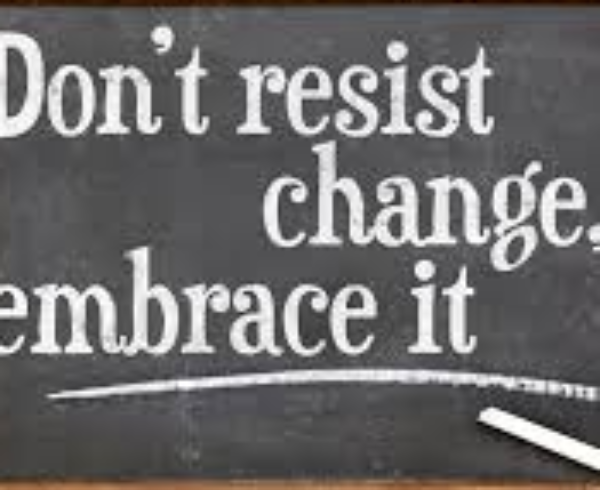There’s just no getting around it. It seems wherever you turn these days, deep political and socio-economic churn are at the forefront of conversation. Across social media platforms, in social settings, and even in the workplace, heated political discussion has become the norm. The intensity is palpable.
And that’s something of a double-edged sword. On one hand, deeply-held personal conviction, heightened awareness, and the willingness to engage in open debate are a powerful combination—one that can lead to the broadening of perspectives and a meeting of minds. It can be a catalyst for the collaborative development of potent solutions to profound challenges. And indeed, I encourage my clients to actively engage their organizations in dialogue and debate, to communicate openly and dig deep to uncover concerns and ideas that might otherwise remain underground.
On the other hand, in today’s highly charged environment, healthy debate and robust discussion can quickly turn into a toxic stew. The conversation can get too intense and the tone too emotionally charged to allow for productive conversation. As a result, collaborations can become strained and important relationships may suffer lasting damage.
So how is a leader to keep today’s political heat from burning up the workplace? Here are three things you can do right away:
Make it clear: Thoughtful discussion is the rule. It should go without saying (but say it anyway) that all forms of workplace discussion are to be respectful and professional. Make it patently clear that your employees are to be courteous and thoughtful in every interaction—with one another, with customers, clients and business partners… across the board. Sometimes you simply have to state (and restate) the obvious.
Model the behavior you are looking for. If you tell your employees that respect is the rule—but then proceed to fiercely “have it out” with a colleague or publicly criticize a more junior employee—your words will quickly be dismissed as hypocrisy. Never lose sight of the fact that, as a leader, you set the bar, and people will be following your actions closely. Your actions set the stage for acceptable behavior across the organization.
Hold people to account. If you’ve got a team member who mistreats others—speaking disrespectfully, baiting, berating or bulldozing—you’ve got to put a stop to it at once. The fact is, your team can’t operate efficiently or effectively without clear and trustworthy parameters for safe, productive dialogue and debate.
It’s a simple formula: Create the right environment for productive dialogue, stand out as an exemplar of the behavior you’re expecting, and tackle poor behavior head-on. These three steps are the key to a healthy workplace—one in which your employees speak openly, listen respectfully and work together to create stellar results.








